Don't hesitate to send a message
Web Menu
Product Search
Exit Menu
Considering Pipeline Pressure and Load During Installation of Automatic Pump Control
When implementing an Installation Automatic Pump Control system, understanding the hydraulic and mechanical aspects of the system is essential. Engineers and technicians must evaluate whether the system is suitable for different types of pumps and whether it can handle variations in pipeline pressure, flow rate, and pump load. These factors are critical because neglecting them during installation can result in inefficient operation, excessive wear, or even catastrophic pump failure. Proper planning ensures the system functions safely and reliably over the long term.

Importance of Pipeline Pressure Assessment
One of the considerations during installation is the pressure within the connected piping. Excessive pressure can cause mechanical stress on pump components and the control system itself. Conversely, insufficient pressure may prevent the pump from reaching its designed flow rate. Installation Automatic Pump Control systems often include sensors to monitor and respond to pressure fluctuations, but these sensors must be positioned strategically, and their range must match the pump and pipeline specifications. Evaluating pressure before installation allows adjustments in system configuration and ensures stable operation.
Flow Rate Evaluation and Its Impact
Flow rate is another critical parameter. Installation Automatic Pump Control systems rely on accurate flow measurements to determine when to start or stop pumps. If the system is installed without considering actual flow requirements, it may cycle pumps too frequently or fail to maintain desired flow rates. This can cause increased energy consumption and mechanical wear. Technicians must calculate expected flow rates under different operating conditions and ensure that the control logic aligns with these calculations. This step is particularly important when the Installation Automatic Pump Control is applied to multiple pump types with varying flow capacities.
Assessing Pump Load Capacity
Pump load capacity refers to the operational stress a pump can endure without risking damage. During the Installation Automatic Pump Control setup, it is necessary to analyze the anticipated load conditions. Automatic start-stop cycles, variable demand, and emergency operation scenarios all affect load. If the control system triggers pumps without accounting for load limitations, it may cause overheating, cavitation, or reduced efficiency. Selecting pumps that match the system’s design and programming the control unit to respect load limits are essential steps for maintaining pump longevity.
Integration Challenges and System Compatibility
Another consideration is compatibility between Installation Automatic Pump Control systems and different types of pumps. Centrifugal pumps, positive displacement pumps, and submersible pumps each have unique operating characteristics. While the control system may be technically adaptable, sensors, control algorithms, and safety protocols must be tailored to the pump type. Engineers should verify that the selected system can adjust to the specific requirements of the pump in question, ensuring suitable performance while avoiding operational conflicts.
The installation of an Automatic Pump Control system demands careful consideration of pipeline pressure, flow rate, and pump load capacity. Neglecting these factors can compromise efficiency, safety, and equipment lifespan. Engineers must evaluate system compatibility with different pump types and ensure proper calibration and programming. By addressing these key elements, the control system can operate effectively, reducing maintenance requirements and enhancing overall system reliability. Proper planning and evaluation ultimately contribute to a safer and more efficient pumping operation.
-
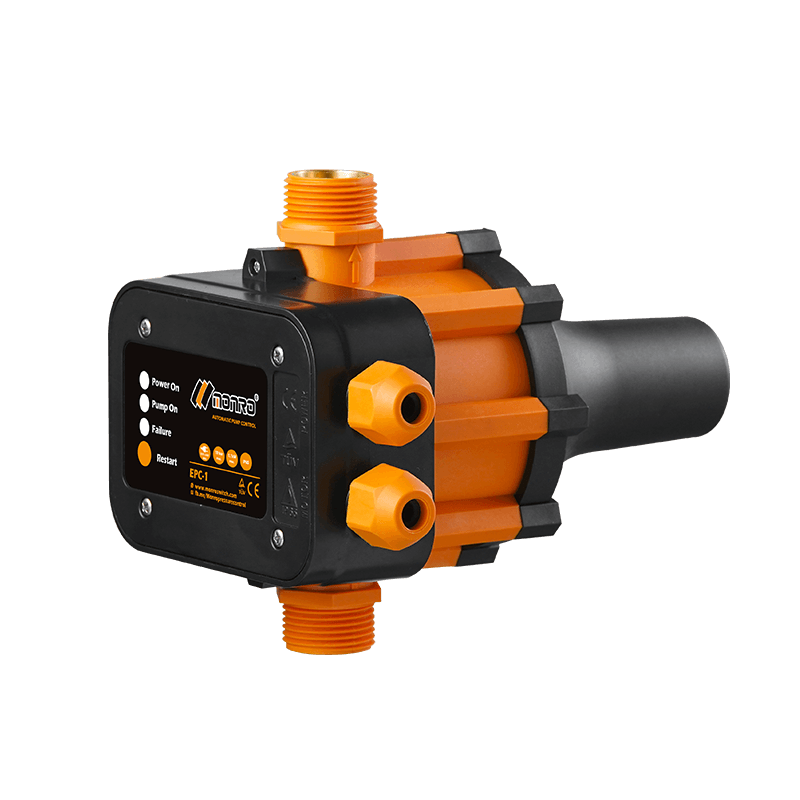 EPC-1
EPC-1Monro EPC-1 model pump controller is the classic and basic type, was loved by user in the global mar...
-
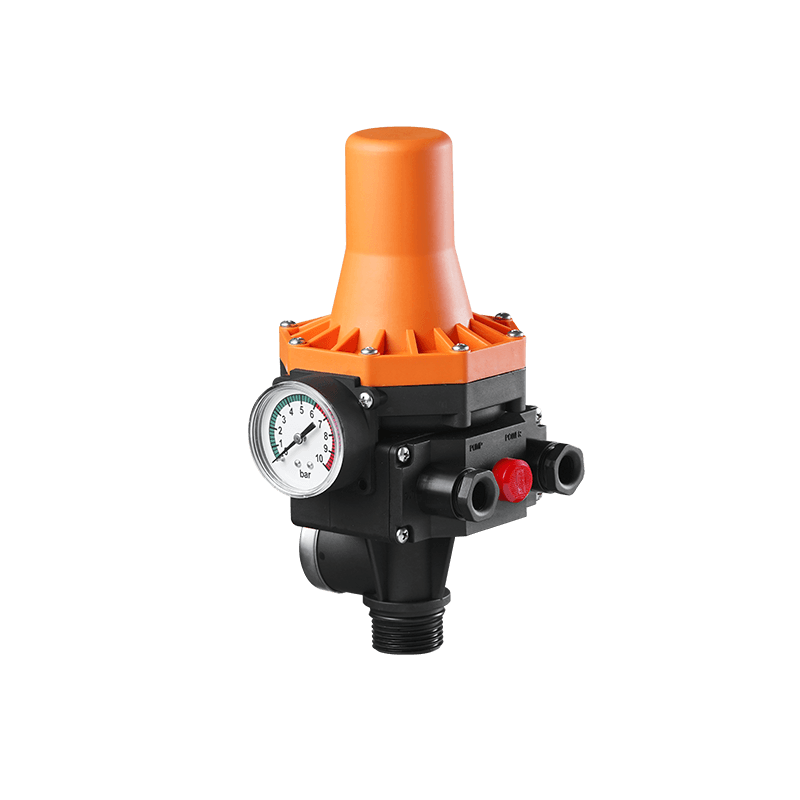 EPC-3
EPC-3Monro EPC-3 spain design auto on and off press control, an intelligent and economical system designe...
-
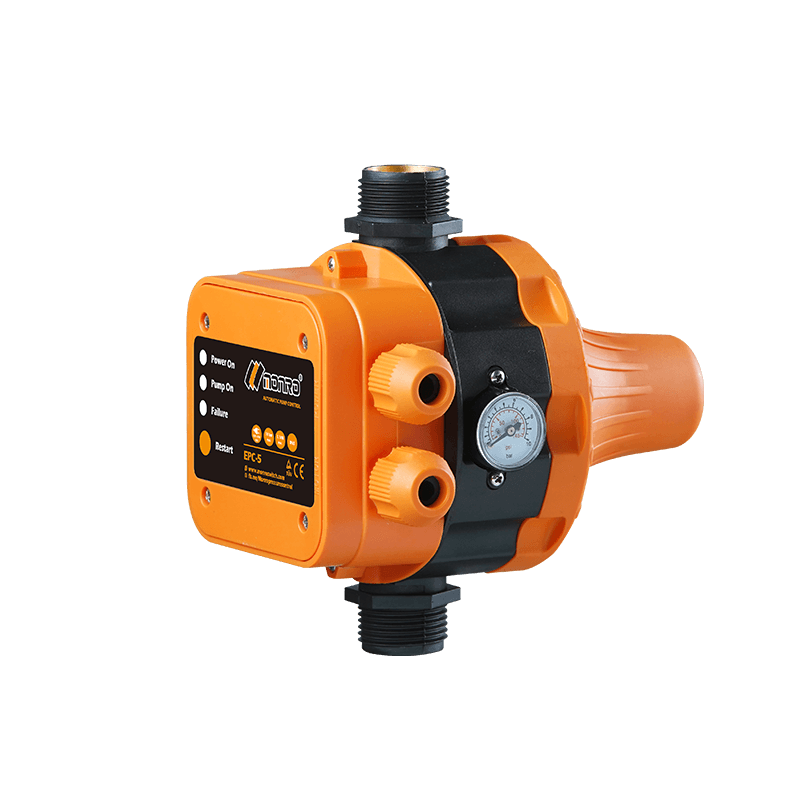 EPC-5
EPC-5Monro EPC-5 model automatic pump control, a device which assembled on the water pump (recommended si...
-
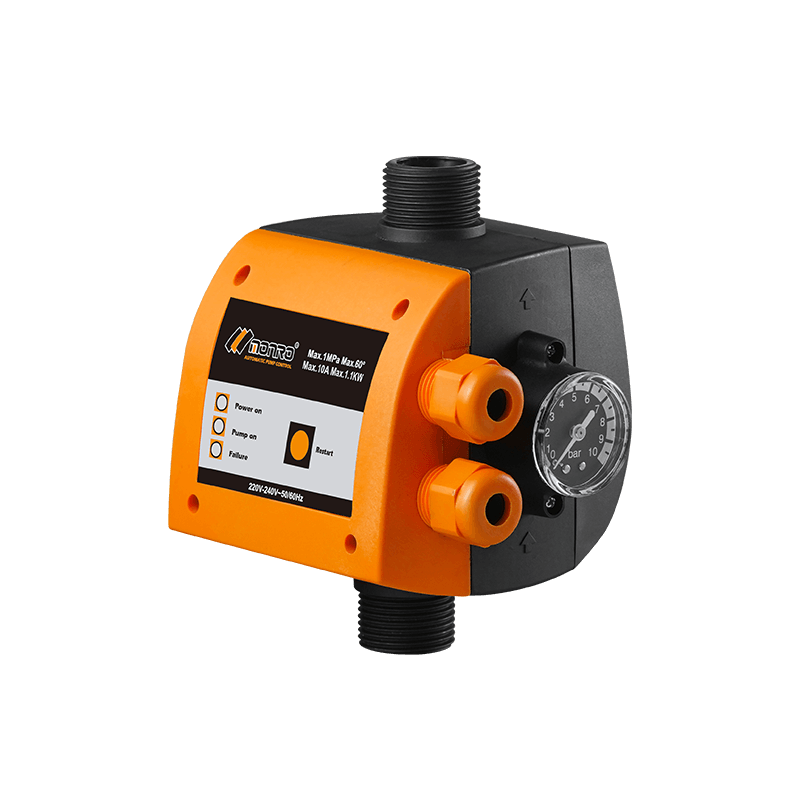 EPC-9
EPC-9Monro EPC-9 model pressure controller, is a big power device for automatic control and protection of...
-
 EPC-12
EPC-12Monro EPC-12 smart top-level automatic pump control is a multi-function model combined with traditio...
-
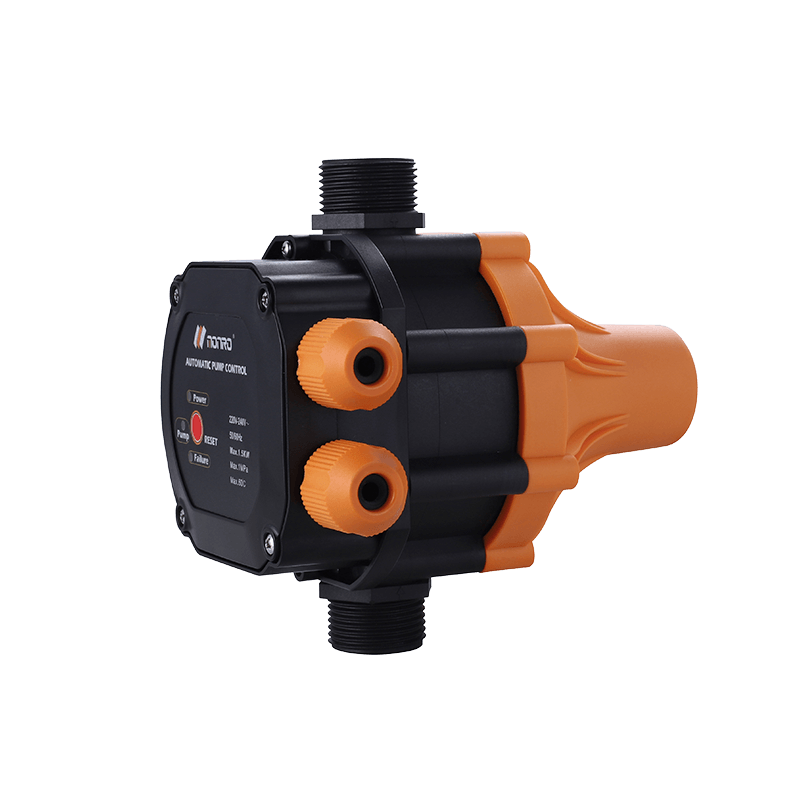 EPC-14
EPC-14Monro EPC-14 model pressure control is a big power device for automatic control and protection of el...
-
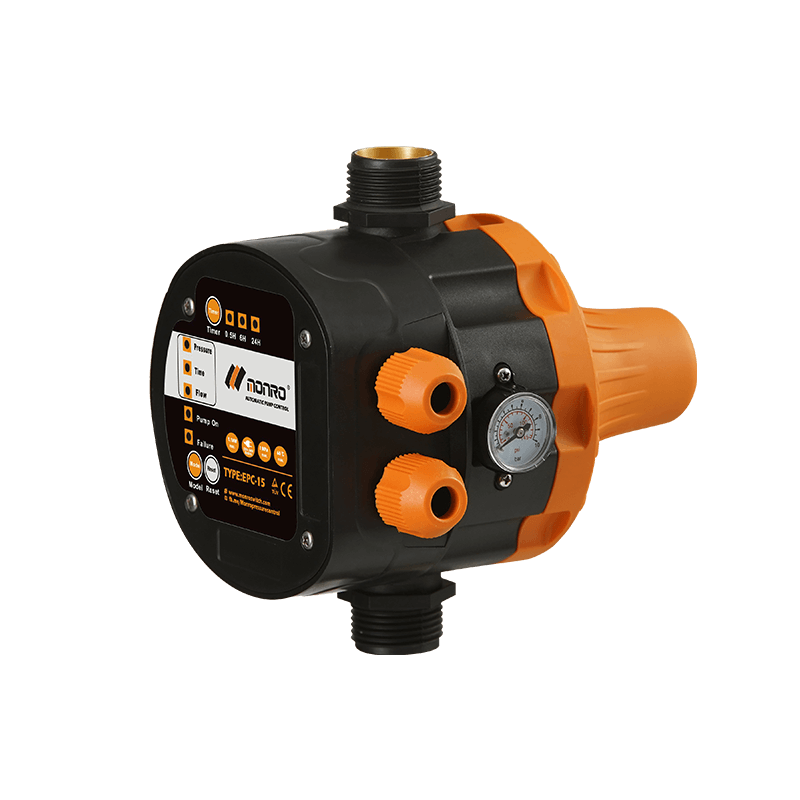 EPC-15
EPC-15Monro EPC-15 model automatic pump control, a device which assembled on the water pump (recommended s...
-
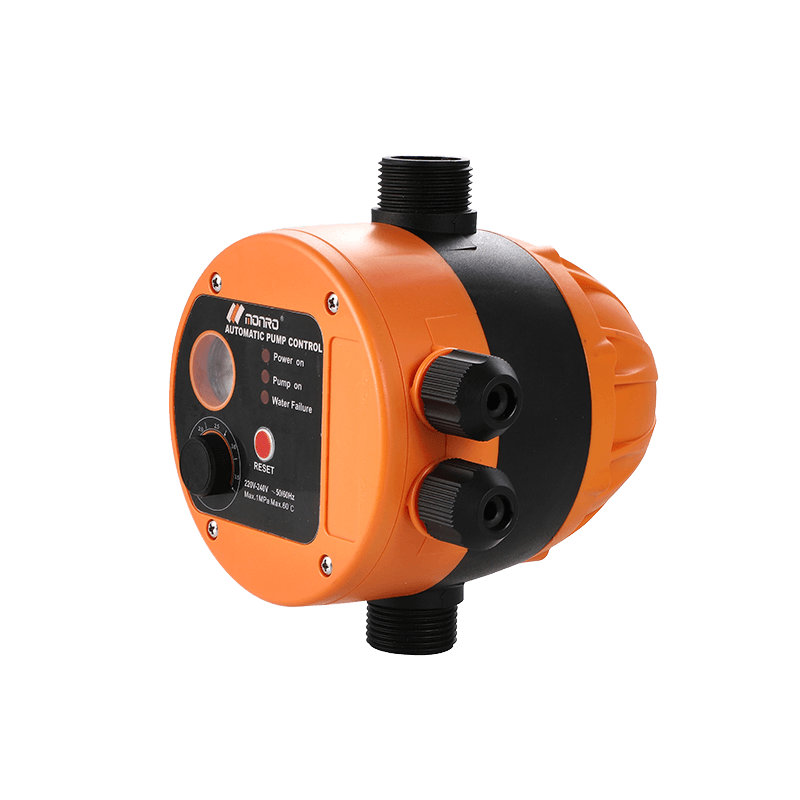 EPC-16
EPC-16EPC-16 is the new patent pump controller by Monro. Its key highlight is tooless (manual knob) start...
find our office
Committed to providing professional pressure control solutions for various types of water pumps and air compressors.

 简体中文
简体中文 English
English Español
Español

